- Phone: +91 94800 58379
- Mon-Sun 24/7
- contact.sanyrahospital@gmail.com


Testicular cancer

Testicular cancer is a relatively uncommon, yet highly treatable form of male reproductive organ cancer that primarily strikes younger males, but all males should remain aware of its risks and importance of early diagnosis and treatment. This article offers an in-depth look into testicular cancer, covering its causes, symptoms, diagnostic methods and available treatments options.
Testicular cancer occurs when abnormal cells begin growing uncontrollably within one or both testicles and form a tumor. Germ cell tumors are the most prevalent form of testicular cancer; further divided into seminomas and non-seminomas depending on whether they’re sensitive to radiation therapy and occur between 25 to 45 years old for men; non-seminomas tend to appear earlier, often before men reach 25 years old, often developing more quickly, spreading faster, and becoming more aggressive over time.
Although its exact causes remain unknown, certain risk factors increase its likelihood. They include:
Early diagnosis is crucial in increasing chances of treatment success; men should remain aware of any changes to their testicles, seeking medical help if symptoms such as those listed here emerge.
One or both testicles become painfully lumpy or swollen without pain; there may be feelings of heaviness or discomfort in the scrotum; pain or tenderness can arise either in either testicle, as well as sudden accumulations of fluid within it; suddenly this could result in sudden collections of fluid in either or both scrotums. Changes in size, shape or consistency of testicle.
If testicular cancer is suspected, various tests will be undertaken in order to confirm and establish its stage. These may include:
Your doctor will conduct a complete physical exam to detect any irregularities in the testicles and scrotum which might indicate issues related to fertility or sexual function.
Testicular cancer is highly treatable when detected early and treated promptly. Men should perform regular self-exams and seek medical advice immediately if they notice any changes in their testicles, along with understanding its risk factors and symptoms to facilitate early diagnosis and better treatment outcomes. With advances in medical technology and effective treatments available today, men diagnosed with testicular cancer can expect positive prognoses and lead healthy lives with no restrictions whatsoever.

We are happy to assist you! Fill the form we will contact you soon!
Sanyra Hospital is a leading Multi-Speciality Hospital in Kengeri Bangalore and diagnostic centre. With a commitment to providing high-quality healthcare services, it offers a wide range of medical specialties and advanced diagnostic facilities to meet the diverse healthcare needs of the community. We have dedicated urology center & dialysis center.
© 2023, Sanyra Hospital. All Rights Reserved.
WhatsApp us